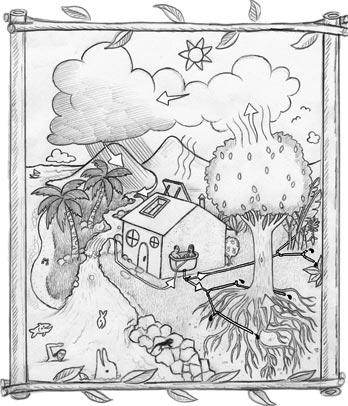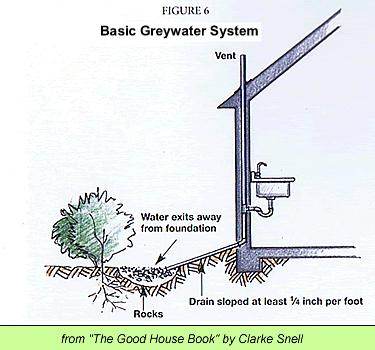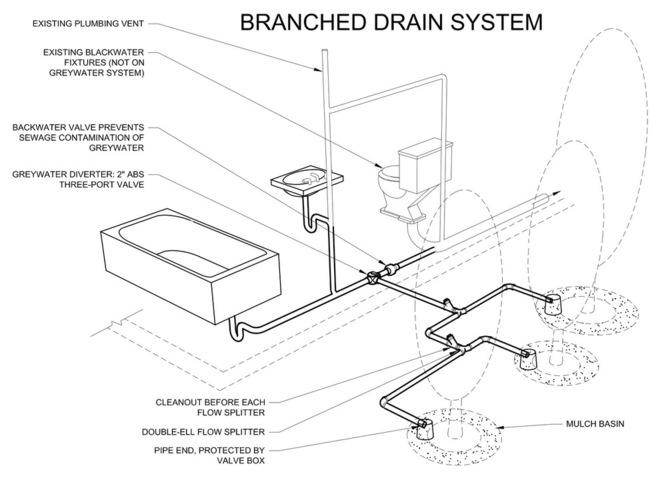
 8
8










Works at a residential alternative high school in the Himalayas SECMOL.org . "Back home" is Cape Cod, E Coast USA.
 1
1









Check out ourwebsite of herbal goodness!




Mobile Chicken house build-
http://www.permies.com/t/48452/chickens/Mobile-Chicken-house#388147








![Filename: Black-Bear-lodge.jpeg
Description: Garden bed below lodge is where the greywater drains. [Thumbnail for Black-Bear-lodge.jpeg]](/t/43124/a/24971/Black-Bear-lodge.jpeg)




Check out my rocket stove cores! https://rocketstovecores.com/




 6
6








Best luck: satisfaction
Greatest curse, greed








Working with God for each other is the greatest gift we can give.




John Johnston wrote:I'm A Retired Environmental, Inspector, OK, non-state Employee. Be very careful of state Laws. You could lose water rights.
Best luck: satisfaction
Greatest curse, greed





Working with God for each other is the greatest gift we can give.









Works at a residential alternative high school in the Himalayas SECMOL.org . "Back home" is Cape Cod, E Coast USA.
 4
4




Blog: 5 Acres & A Dream
Books: Kikobian Books | Permies Digital Market

|
please buy this thing and then I get a fat cut of the action:
turnkey permaculture paradise for zero monies
https://permies.com/t/267198/turnkey-permaculture-paradise-monies
|




